Components of a Digital Twin of a Human Heart
Please login to view abstract download link
In this talk, we report some recent effort for the modelling of a patient-specific heart including all four chambers and the coronary artery. In particular, we discuss a highly parallel domain decomposition method for simulating the elastodynamics of a human heart with patient-specific geometry. The heterogeneous hyperelastic model is discretized by a finite element method in space and a fully implicit adaptive method in time, and the resulting nonlinear algebraic systems are solved by a scalable domain decomposition algorithm. The deformation of the cardiac muscles is quite complex due to the realistic geometry, the heterogeneous hyperelasticity of the cardiac tissue, and the myocardial fibers with active stresses. Moreover, the deformations in different chambers and at different phases of the cardiac cycle are very different. To simulate all the muscle movements including the atrial diastole, the atrial systole, the isovolumic contraction, the ventricular ejection, the isovolumic relaxation, and the ventricular filling, the temporal-spatial mesh needs to be sufficiently fine, but not too fine so that the overall computing time is manageable, we introduce a baseline mesh in space and a two-level time stepping strategy including a uniform baseline time step size to obtain the desired time accuracy and an adaptive time stepping method within a baseline time step to guarantee the convergence of the nonlinear solver.

